Great Basin National Park is located on the far southeast side of central Nevada, United States. The park covers an area of 120.58 square miles (312.3 sq km).
The Great Basin is the dry mountainous territory located between the Sierra Nevada mountain range on the west and the Wasatch Mountains on the east. The national park draws its name from this region of the larger Great Basin Desert that covers an area of 190,000 square miles (492,000 sq km).
The park is renowned for the concentration of bristlecone pines, the Lehman Caves, and Wheeler Peak. The scenic drives let you experience both the bristlecones pines as well as different views of Wheeler Peak.
Over 800 species of plants including sagebrush, Utah juniper, single-leaf pinyon, white fir, and Ponderosa pine keep the bristlecone pines company. The grove of bristlecone pine is the oldest nonclonal organism known to mankind reaching ages over 5,000 years.
The bristlecone pines and other forest trees and vegetation are home to over 60 mammalian species, 18 species of reptiles, and over 235 species of birds. Some of the more popular species include coyote, cougar, bobcat, badger, mountain sheep, mule deer, elk, jackrabbit, skunk, and ringtail cat.
Golden eagle, bald eagle, roadrunner, Canada geese, and a variety of hawks and owls lead the intrigue of birdwatchers who look to the skies in hopes of seeing some of the 200 plus species of birds.
Photos
Things to See
Great Basin National Park Trails
There are several trails that explore the various aspects of the national park ranging from easy to difficult. There are even multiple trails that are under a mile (1.6 km) or longer trails exceeding 10 miles (16 km).
Sources
- All Trails, Best Trails in Great Basin National Park, v https://www.alltrails.com/parks/us/nevada/great-basin-national-park, retrieved June 2020.
- Britannica, Great Basin, https://www.britannica.com/place/Great-Basin, retrieved June 2020.
- Britannica, Great Basin National Park, https://www.britannica.com/place/Great-Basin-National-Park, retrieved June 2020.
- Britannica, Lehman Caves, https://www.britannica.com/place/Lehman-Caves, retrieved June 2020.
- National Geographic, Complete National Parks of the United States, National Geographic Publishing, Washington DC.
- National Geographic, Guide to the National Parks of the United States, National Geographic Society, 2003.
- National Geographic, National Parks of North America, Canada-United States-Mexico, National Geographic Society, 1995.
- National Park Service, Great Basin, https://www.nps.gov/grba/index.htm, retrieved June 2020.
- National park Service, Great Basin Hiking Information, https://www.nps.gov/grba/planyourvisit/hiking-information.htm, retrieved June 2020.



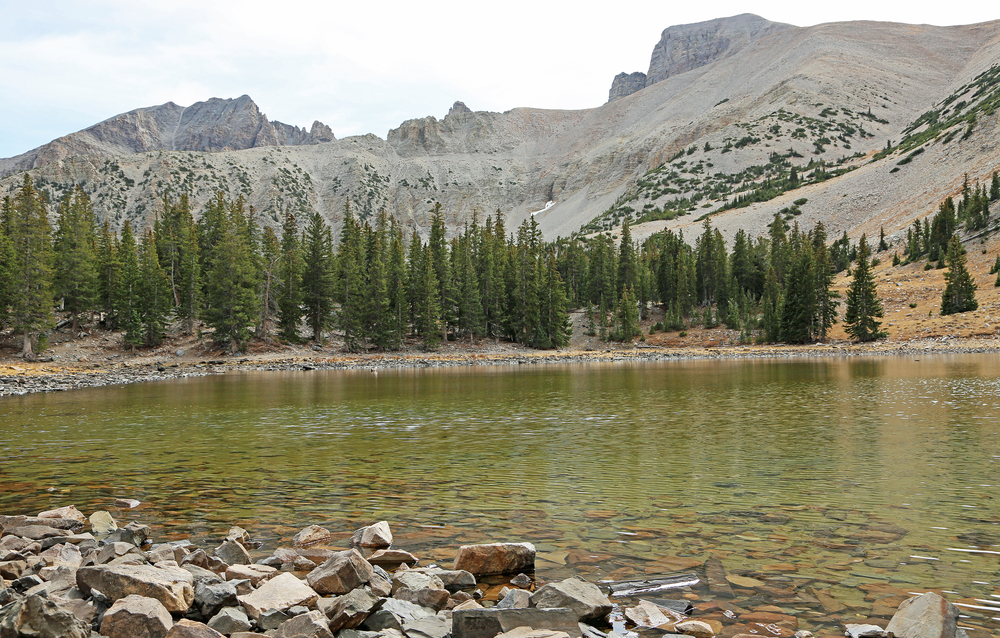
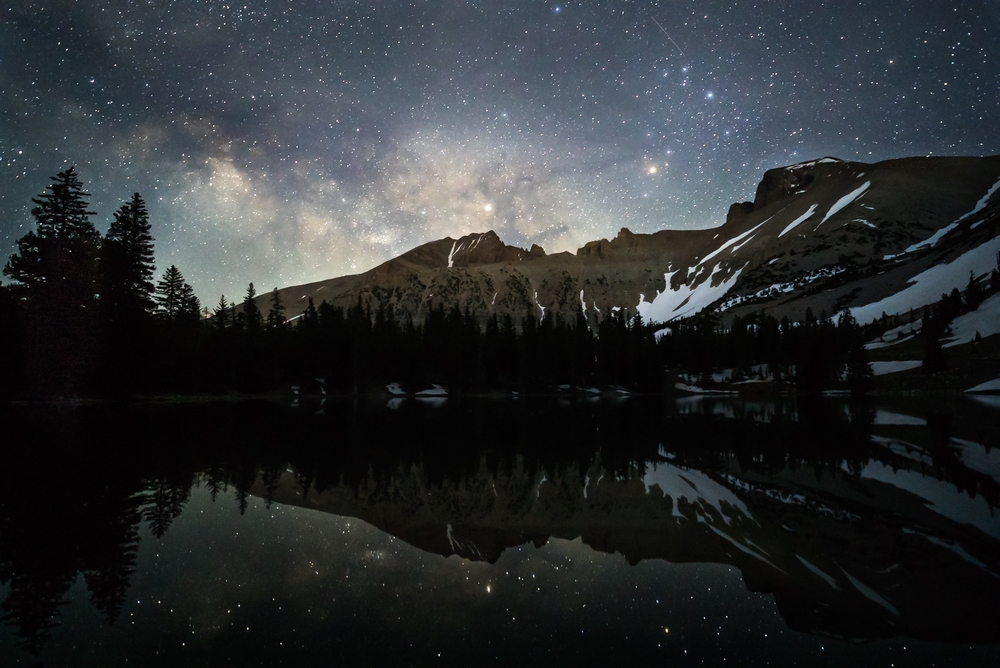

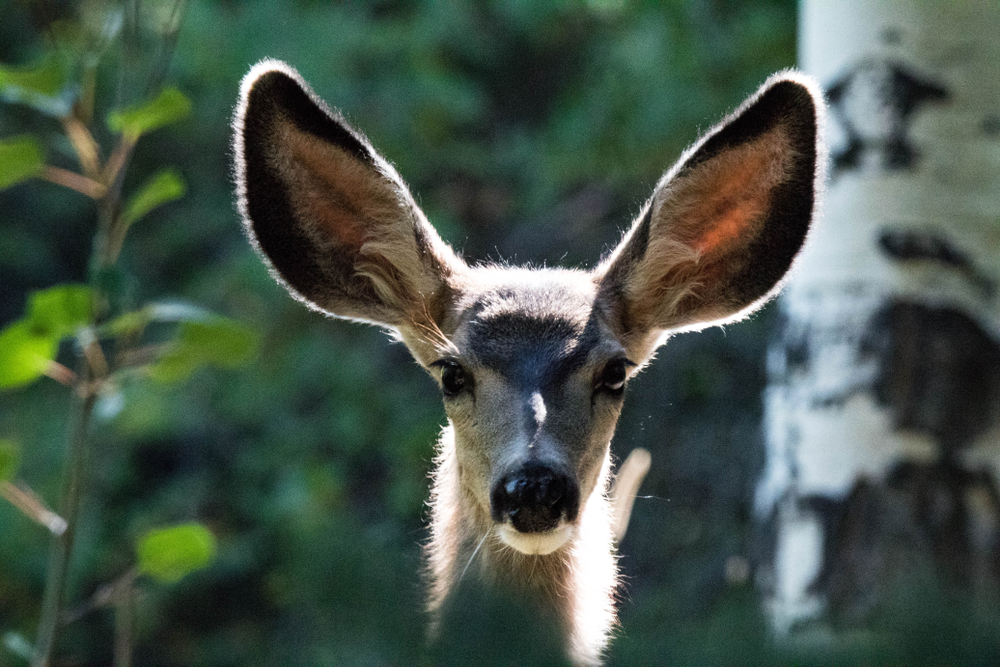
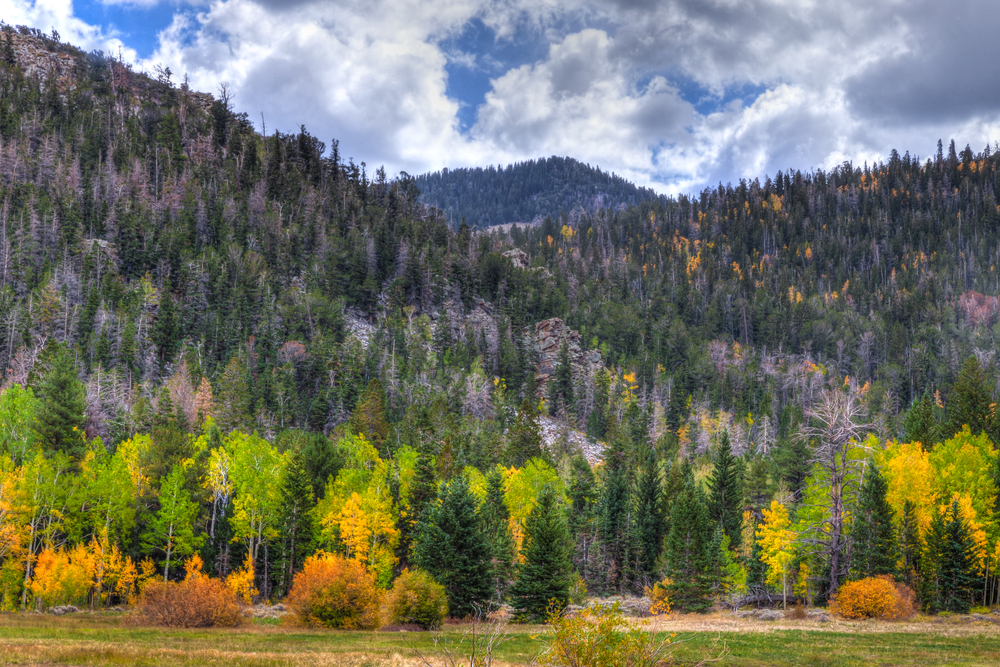
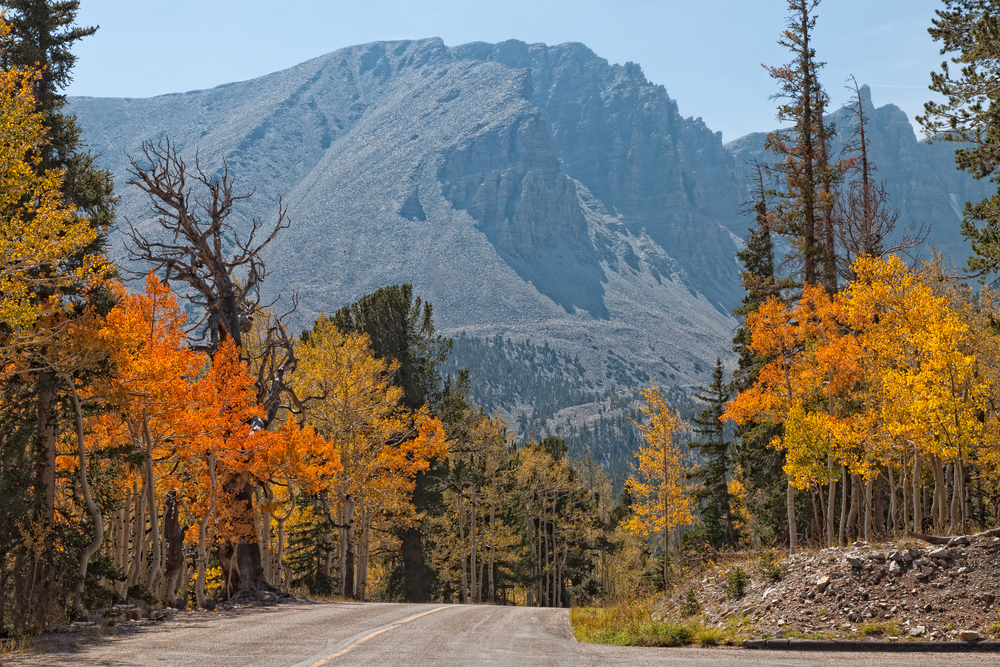
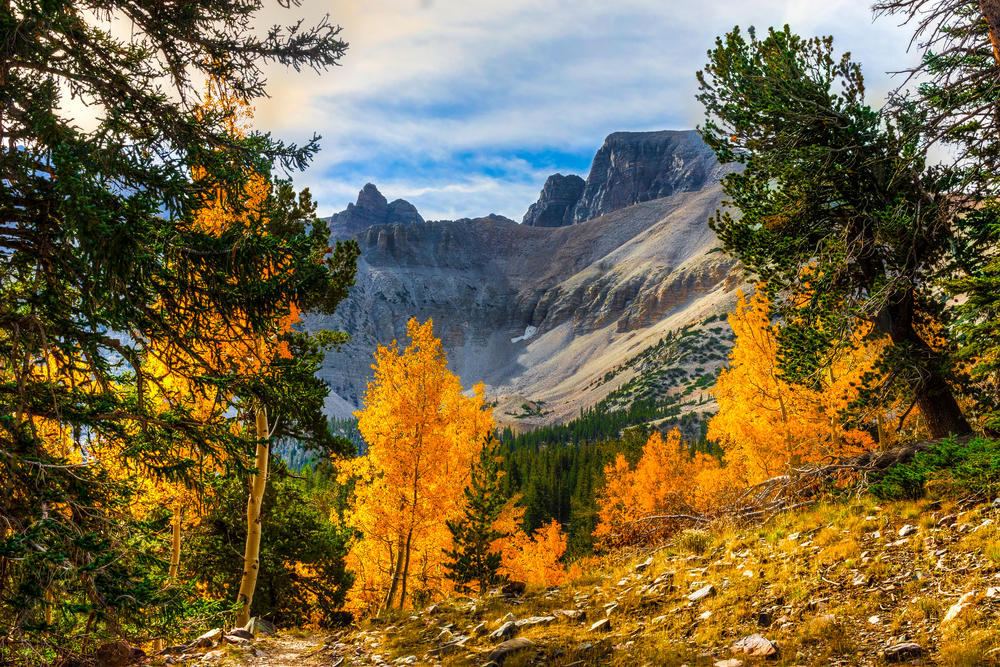

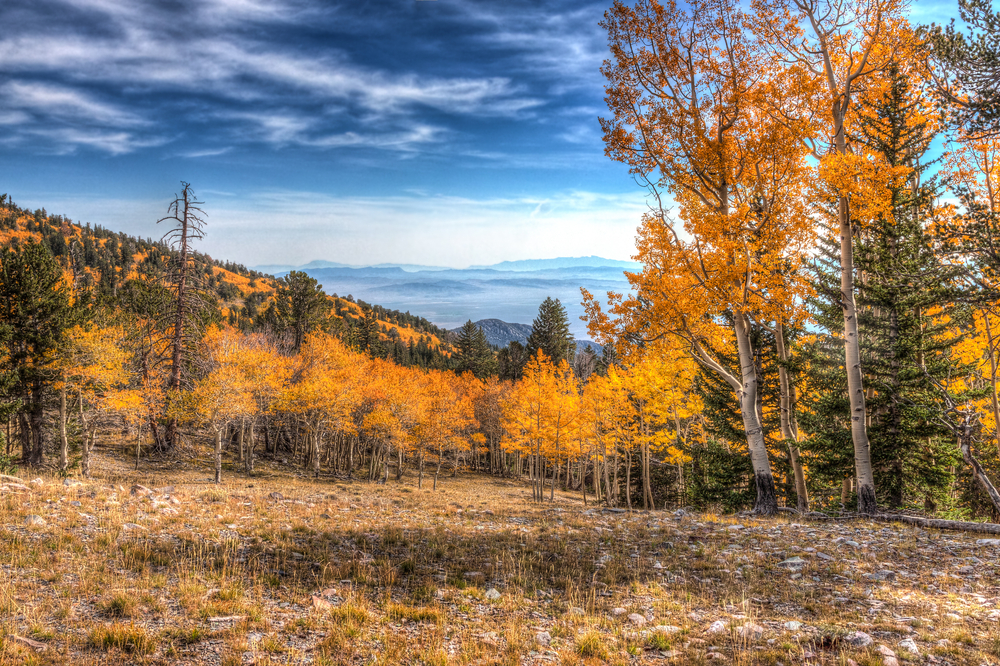
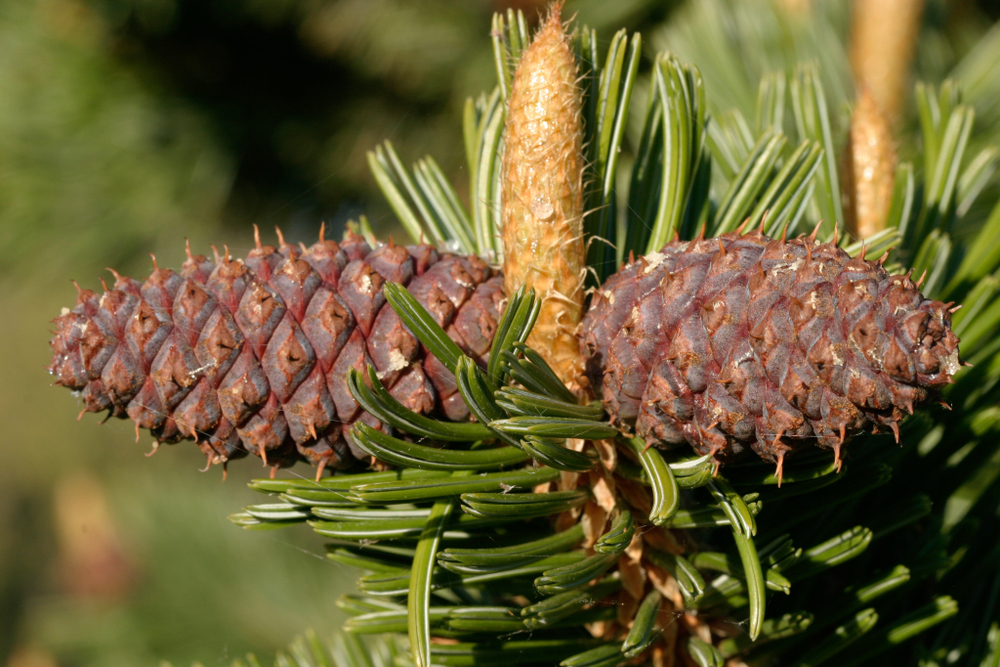
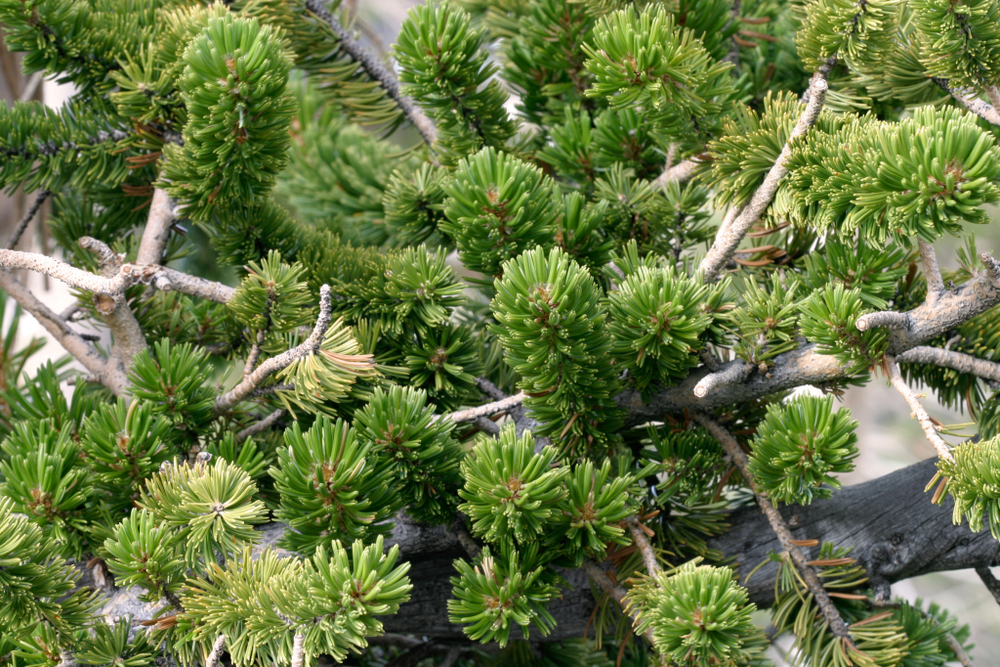
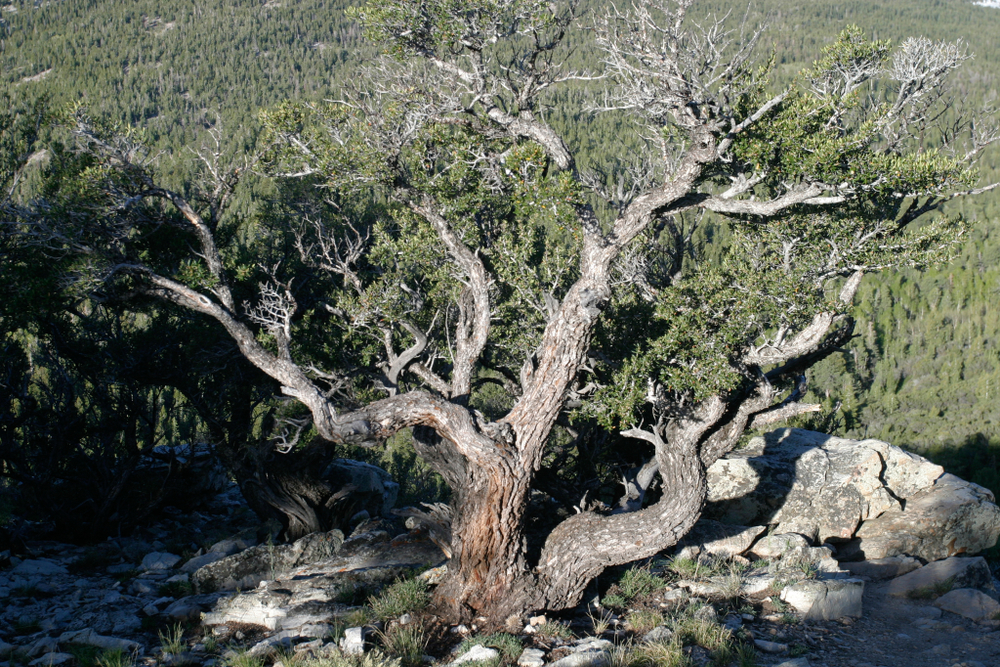
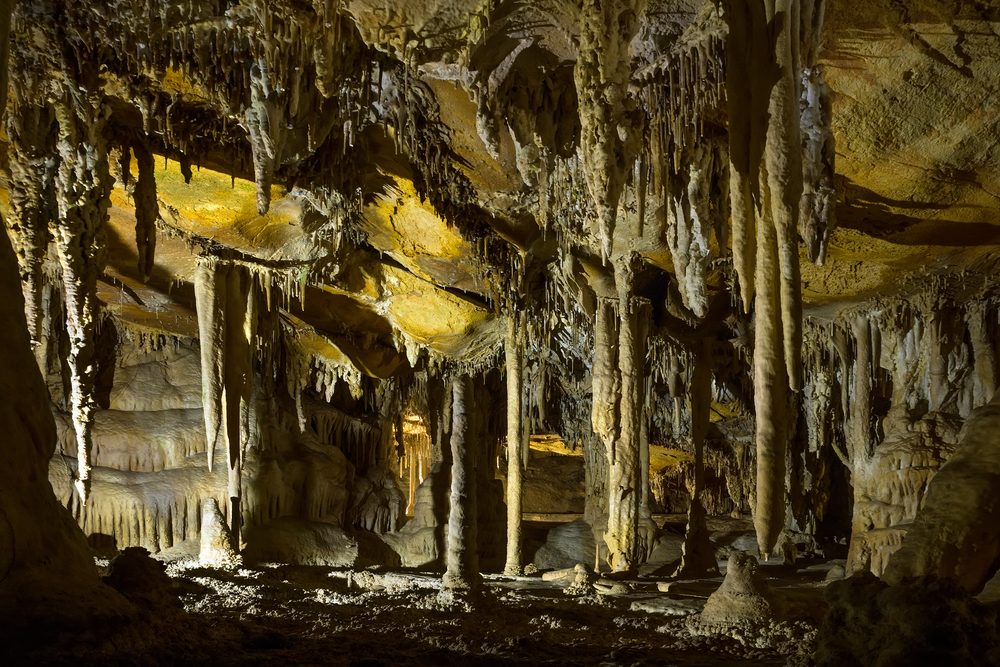

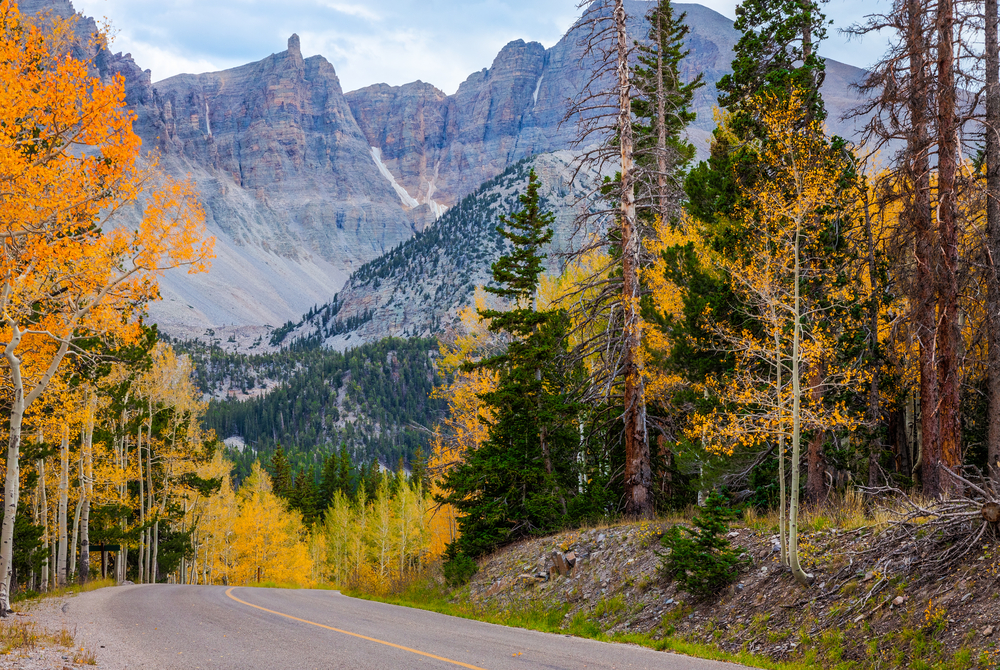
 Wheeler Peak is the highest summit in the national park reaching a peak of 13,065 feet (3,982 m), which is also the second-highest peak in the state.
Wheeler Peak is the highest summit in the national park reaching a peak of 13,065 feet (3,982 m), which is also the second-highest peak in the state.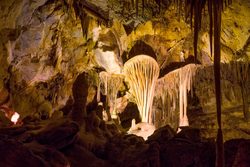 Lehman Cave
Lehman Cave